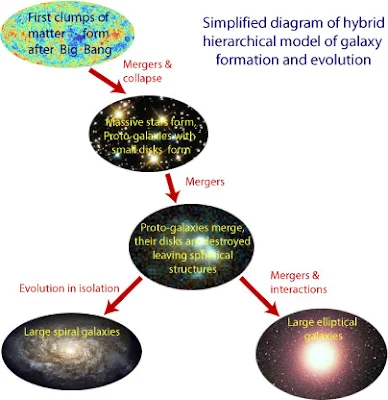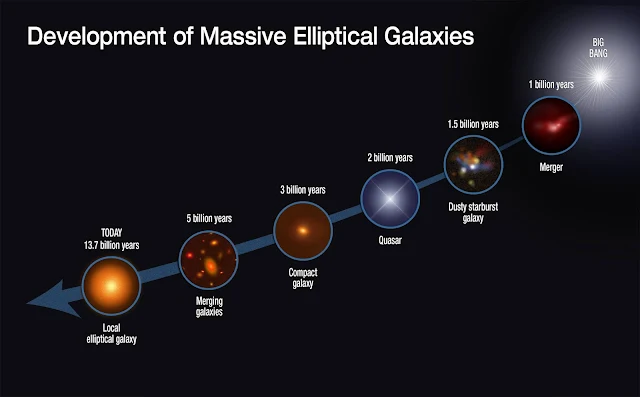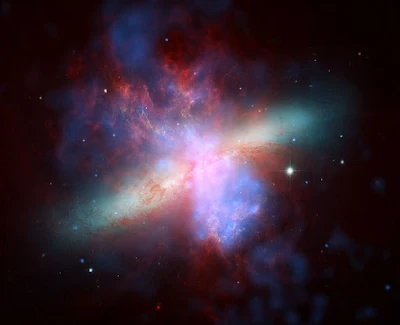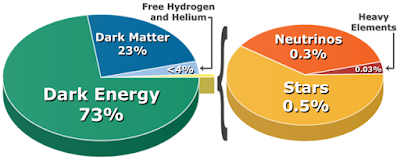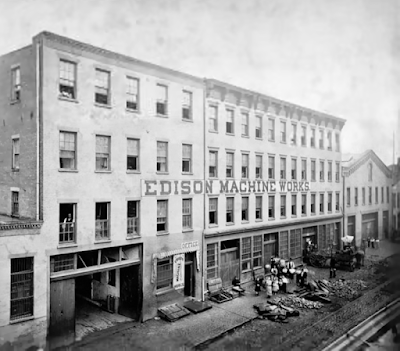Aim and Objectives:
Aditya L -1 was meant to observe only the solar corona. The outer layer of the Sun, extending to thousands of km above the disc (photosphere) is termed as corona. It has a temperature of more than a million degree Kelvin which is much higher than the solar disc temperature of around 6000K. How the corona gets heated to such a high temperature is still an unanswered question in solar physics.
It is actually observed in Solar Eclipse but from Aditya L-1 we can collect data in real time. The data collected from this instrument would also be used as inputs to climate modes that is used to predict Earth's atmosphere more accurately than now.
Aditya L-1 with additional experiments can now provide observations of Sun's Corona (Soft and hard X ray, Emission lines in the visible and NIR) Chromophore (UV) and photosphere (broad brand filters). In addition, particle payloads will study the particle flux emanating from the Sun and reaching L-1 orbit and the magnetometer payload will measure the variation in magnetic field strength at the halo orbit around L-1. These payloads have to be placed outside the interference from the Earth's magnetic field and could not have been useful in the low Earth orbit.
Payloads:
Visible Emission line coronagraph: Corona/ Imaging spectroscopy and spectrometer (1.05- 30 solar radii).
Solar Ultraviolet Imaging Telescope (SUIT): Photosphere and Chromosphere imaging (200- 400nm).
Aditya Solar Wind Particle Experiment (ASPEX): Solar wind/ Particle analyzer Spectrometer (H, Alpha, ions 0.1KeV to 5MeV).
Plasma Analyser Package For Aditya(PAPA): Solar wind/ Insitu measurement (ions 0.01- 25KeV; Electrons 0.01- 3Kev).
Solar Law Energy X-Ray Spectrometer(SoLES): Soft Xray/ spectrometer( 1-30KeV)
High Energy L-1 Orbiting X Ray
Spectrometer(HEL10S): High X ray/spectrometer(10-
150KeV).
Advanced Triaxial High Ronation Digital
Magnetometer: Measure magnetic field(Range -256nT to +256nT; Accurate 0.5nT)
Orbit of Satellite:
A satellite placed in the halo orbit around the Lagrangian point 1(L1) of the Sun Earth System has the major advantage of continuously viewing the sun without any occultation or eclipses. Therefore, the Aditya- 1 mission has now revised to Aditya- L1 mission and will be inserted in the halo orbit around the L1 which is 1.5 million km from the Earth.
There are five special points where a small mass can orbit in a constant pattern with two larger masses. Of the five Lagrange points three are unstable and two are stable. These are positions in space where the gravitational force of a body like Sun and Earth produce enhanced regions of attraction and repulsion.
These can be used to reduce fuel consumption needed to remain in position. At the L1 point, the orbital period of the object is exactly equal to Earth's Orbital period.
INDIAN LAUNCHING VEHICLES:
Launchers or launch Vehicles are used to carry space craft to space. India has two operational Launchers, Polar Satellite Launch Vehicle (PSLV) and Geosynchronous Satellite Launch Vehicle (GSLV).
GSLV with indigenous Cryogenic Upper Stage has enabled the launching up to two tonne class of communication satellites. The next variant of GSLV is GSLV MK 111, with indigenous high thrust cryogenic engine and stage, having the capability of launching four tonne class of communication satellites.
In order to achieve high accuracy in placing satellites into their orbits, a combination of accuracy, efficiency power and immaculate planning are required. ISRO's Launch Vehicle Programme spans numerous centers and employ over 5000 people.
Liquid propulsion system Centre and ISRO Propulsion Complex, located at Valiamala and Mahendragiri respectively, develop the liquid and cryogenic stages for these launch vehicles. Satish Dhawan Space Centre, SHAR is the space port of India and is responsible for integration of launchers. It houses two operational launch pads from where all GSLV and PSLV flights take place.
PSLV:
Height- 44cm
Diameter- 2.8m
Number of stages- 4
Left Off Mass- 320 tonnes(XL)
Varients- 3( PSLV- G, PSLV- CA, PSLV- XL)
First Flight- Sept 20, 1993.
Challenges:
What makes an Aditya L1 mission challenging is the distance of the Sun from Earth (about 149 million km on average compared to the only 3.84 lakh km to the moon)
The super hot temperatures and radiations in the solar atmosphere make it difficult to study.
NASA's Parker Solar Probe’s January 29 flyby was the closest the spacecraft has gone to the Sun in its planned seven-year journey so far. Computer modelling estimates show that the temperature on the Sun-facing side of the probe’s heat shield, the Thermal Protection System, reached 612 degrees Celsius, even as the spacecraft and instruments behind the shield remained at about 30°C, NASA said. During the spacecraft’s three closest perihelia in 2024-25, the TPS will see temperatures around 1370°C.
Aditya L1 will stay much away and the heat is not expected to be a major concern for the instruments on board. But there are other challenges.
Many of the instruments and their compounds for this mission are being manufactured for the first time in the country, presenting as much of a challenges as an opportunity for India's scientific engineering and space communities. One of the such components is the highly polished mirror which would be mounted on space- based telescope.
Due to the risks involved, payloads in earlier ISRO missions have largely remained stationary in space; however, Aditya L1 will have some moving components, scientists said. For example, the spacecraft’s design allows for multiple operations of the front window of the telescope — which means the window can be opened or shut as required.
Chairman of ISRO:
Full name: Kailasavadivoo Sivan
Born on 14th April, 1957
Previous work: Served as the Director of the Vikram Sarabhai Space Center and the Liquid Propulsion Center.
Born place: Mela Sarakkalvilai, near Nagercoil, Kanyakumari District, Tamil Nadu
Education: Madras University
Madras
Institute of Technology( B.Tech.)
IISc Bangalore( M.E.)
IIT Bombay(Ph.D.)
He is the son of mango farmer and studied in Tamil medium at Government School in Mela Sarakkalvillai. He is the first graduate from his family. He completed his masters in Aerospace Engineering from IISc Bangalore. In 1982, he started working in ISRO for PSLV project. He completed his PhD in Aerospace Engineering from IIT Bombay. He is a Fellow of Indian National Academy of Engineering and Aeronautical society of India. In 2014, he was appointed as director of ISRO's Liquid Propulsion Center and in 2015 as a director of Vikram Sarabhai Space Center. Sivan was appointed the chief of ISRO in January 2018 and he assumed office on 15 January. Under his chairmanship, ISRO launched Chandrayaan 2, the second mission to the moon on July 22, 2019. On 2020, December 30, his chairmanship was extend by a year to 2022 January, his early tenure was up to January 2021.
Reference:
i.
https://www.isro.gov.in/aditya-l1-first-indian-mission_to_study_sun
ii. https://www.researchgate.net/publication/327675634_Space_System_Architecture_of_India's_Aditya-L1_Mission_to_study_the_Sun
iii.
https://earth.esa.int/web/eoportal/satellite-missions/a/aditya-1
iv. Wikipedia about Prof Kilasavadivo Sivan.
Submitted by
Rachana N R
Pawan Nayak N
Pramitha D
Radhika K R
Sampreetha B









